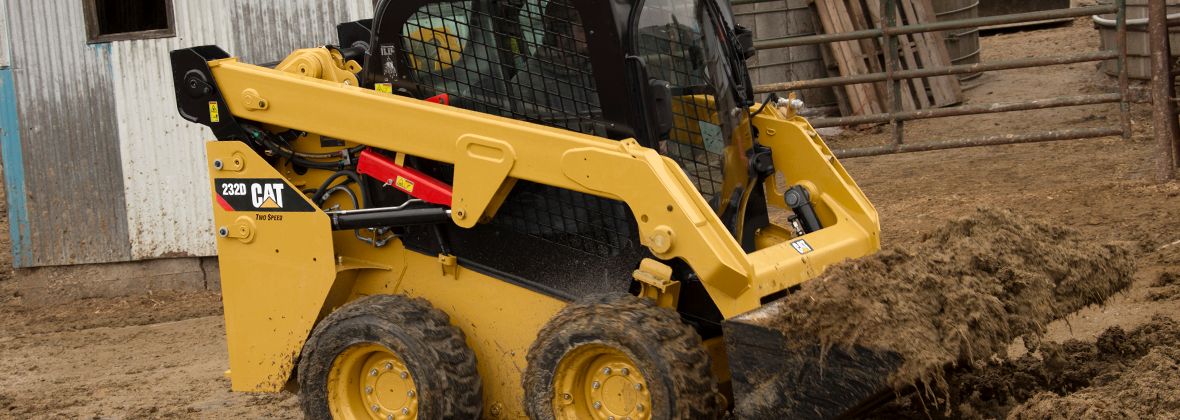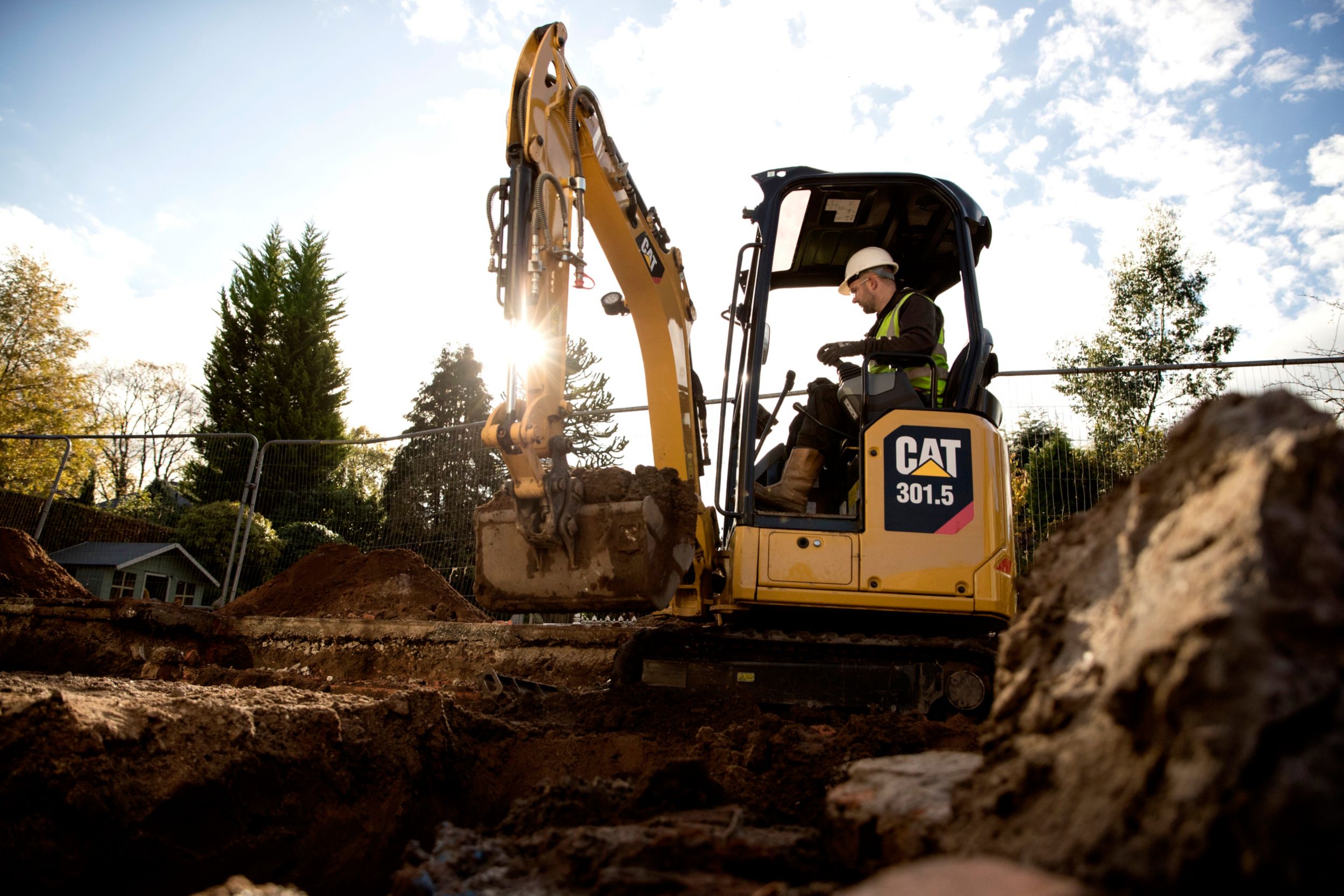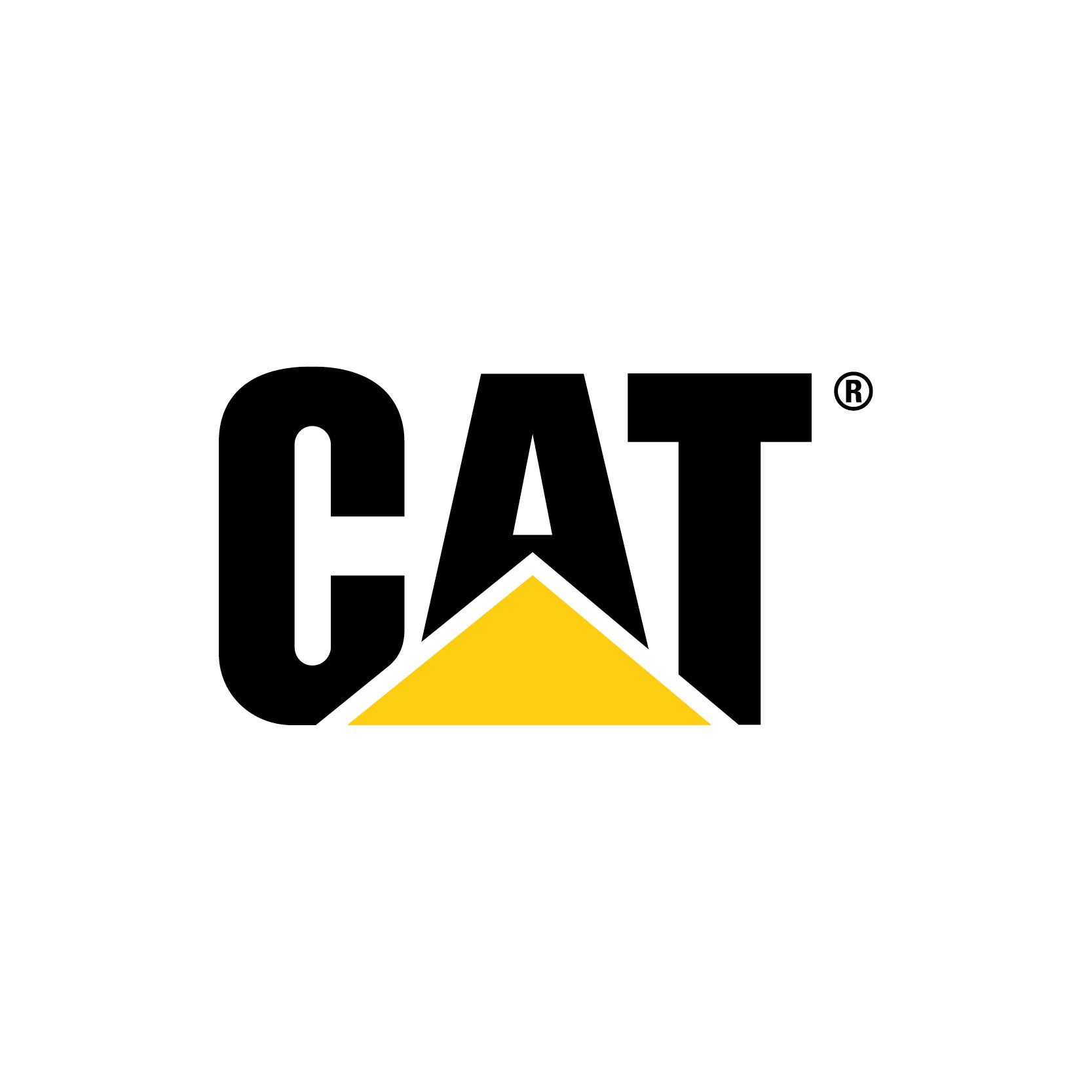If you already have an existing account with another Cat App, you can use the same account to sign in here.
One Account. All of Cat.
Your Caterpillar account is the single account you use to log in to select services and applications we offer. Shop for parts and machines online, manage your fleet, go mobile, and more.
Account Information
Site Settings
Security
Skid Steer Loader: The Jack of all Trades
LEARN WHY SKID STEER LOADERS ARE SO VALUABLE AND VERSATILE ON A JOB SITE

Should I choose a skid steer or compact track loader?
There are many types of front loaders on the market, all of which perform similar functions when you account for factors like bucket capacity and lift power. There are two core differentiators for skid steer loaders in terms of performance and design:
- The position of the bucket, or other attachment's, boom arms. These core parts of the loader generally sit next to the operator cab on either side and are attached toward the rear of the vehicle. This differs from many other loaders, which often have arms attached toward the middle of the vehicle, but doesn't have a substantial impact on operations in most contexts.
- The method of forward motion. The left- and right-side pairs of wheels on skid steer loaders operate in tandem, allowing the operator to move them at different speeds - which is how turning is accomplished. A skilled operator can perform turns with almost zero radius, making the skid steer loader especially valuable in tight or congested areas.
A compact track loader, meanwhile, can outperform a skid steer loader in situations where soft, carefully maintained or otherwise delicate ground can be significantly damaged by the weight of skid steer machines and their tires - or where the ground may interfere with safe skid steer operation. Making equipment decisions with operational safety in mind is always important.
What's the biggest skid steer loader available?
Defining skid steer loaders based on sheer size, engine horsepower and similar attributes is possible, but often isn't as useful as talking about "biggest" in terms of rated operating capacity. The largest skid steer loader currently produced by Caterpillar is the industry-leading 272D2 XHP, with a 3650 lbs rated operating capacity. The standard 272D2 comes in a close second, with a rated operating capacity of 3400 lbs. These loaders have the power to handle heavy-duty jobs in a variety of industries. Whether these skid steer loaders are put to work as construction equipment, in forestry applications or another role entirely, they'll perform dependably.
Of course, the skid steer loader with the highest-rated operating capacity isn't always the best choice for every job. In areas where space is at a premium and loads don't approach the capacity of heavy-duty loaders, smaller and lighter-weight skid steer machines can excel.
How do hydraulics power skid steers?
As HowStuffWorks explained in great detail, the diesel engine of a skid steer loader supplies power to hydraulic pumps, which then transfer the energy produced to the drive motors, loader arms and smaller but no less vital considerations such as hydraulic fluid circulation. The extensive use of hydraulic systems in skid steer loaders means scheduling regular equipment maintenance is especially important. Equipment Protection Plans, which help make that maintenance and repair processes that much more manageable, are another valuable consideration.
What attachments are available for skid steers?
While a bucket is the standard attachment for skid steer loaders, there are dozens of other tools that can be used. The range of different functions is impressive, allowing a skid steer loader to do everything from digging trenches, grinding stumps and chipping wood to removing snow, milling pavement and mixing cement. While not every single type of attachment is available for every type of loader, this versatility is an important part of what makes these machines so useful.
What kind of jobs does a skid steer work best for?
With their wide array of attachments, skid steer loaders can serve capably in a variety of different roles. They can be especially valuable in construction, where, with the simple swapping of attachments, they can fill a number of valuable roles. Whether it's removing the rubble of a demolished building, hauling raw materials, digging holes or even mixing cement, skid steers are especially useful in this environment.
Skid steer loaders are also valuable to mining operations due to their versatility and tight turning radius. With the right strategy for acquiring this equipment, they can even play a role in improving cash flow.
We're here to help your company acquire heavy machinery in a cost-effective way and put it to use on your jobsite. Gain more valuable business insights, and learn more about our financing and leasing options for equipment to find the best fit for your business.
Additional Articles
Find in-depth articles to answer your questions about construction equipment financing, and expert tips to help you navigate today's economy as a successful business.




